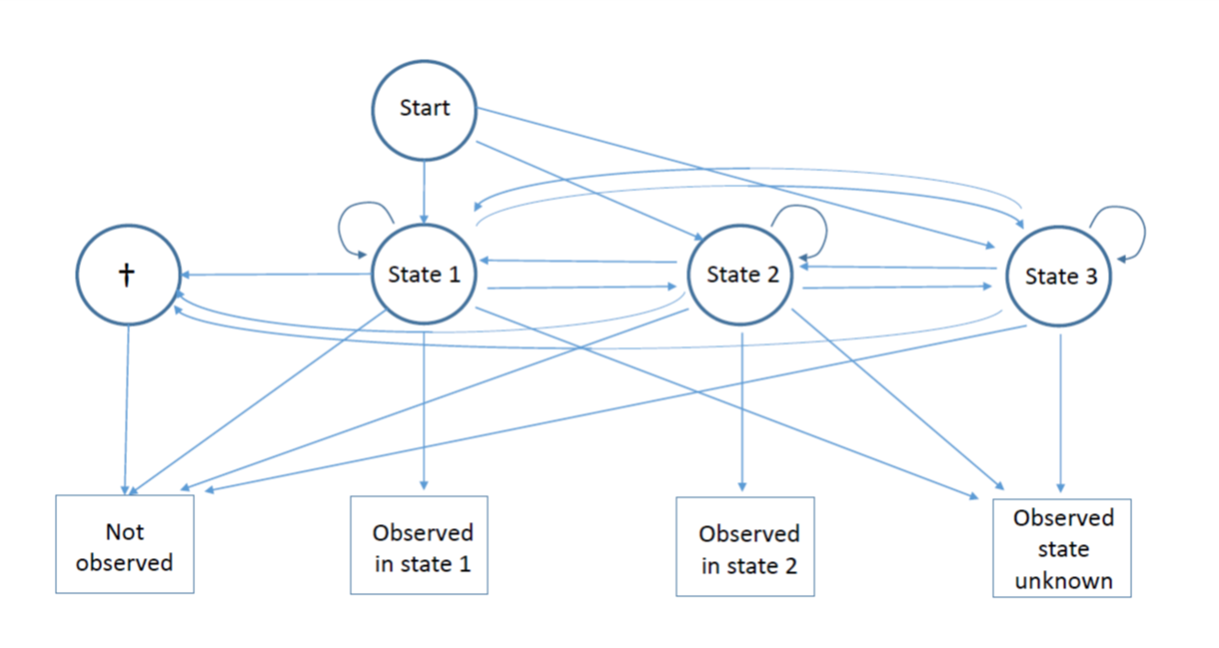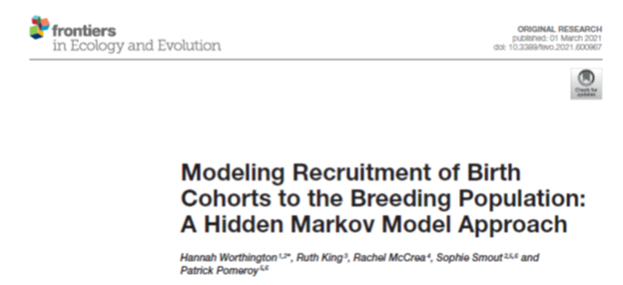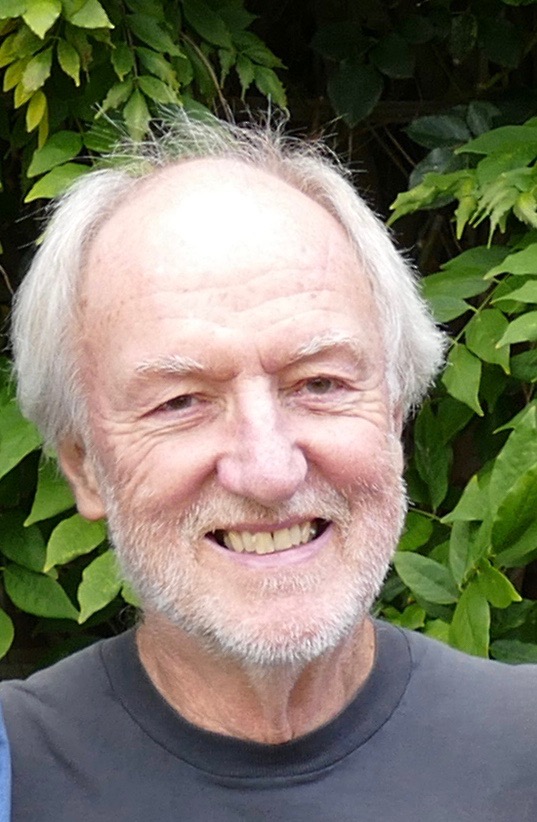SE@K members Oscar and Rachel have published a paper reviewing the current state-of-the-art in modelling removal data. This work is part of the the EPSRC project EP/S020470/1 “Modelling removal and re-introduction data for improved conservation”.
The paper is available in full here: https://journals.plos.org/plosone/article/authors?id=10.1371/journal.pone.0229965
Removal modelling in ecology: A systematic review
Oscar Rodriguez de Rivera and Rachel McCrea
Removal models were proposed over 80 years ago as a tool to estimate unknown population size. More recently, they are used as an effective tool for management actions for the control of non desirable species, or for the evaluation of translocation management actions. Although the models have evolved over time, in essence, the protocol for data collection has remained similar: at each sampling occasion attempts are made to capture and remove individuals from the study area. Within this paper we review the literature of removal modelling and highlight the methodological developments for the analysis of removal data, in order to provide a unified resource for ecologists wishing to implement these approaches. Models for removal data have developed to better accommodate important features of the data and we discuss the shift in the required assumptions for the implementation of the models. The relative simplicity of this type of data and associated models mean that the method remains attractive and we discuss the potential future role of this technique.









